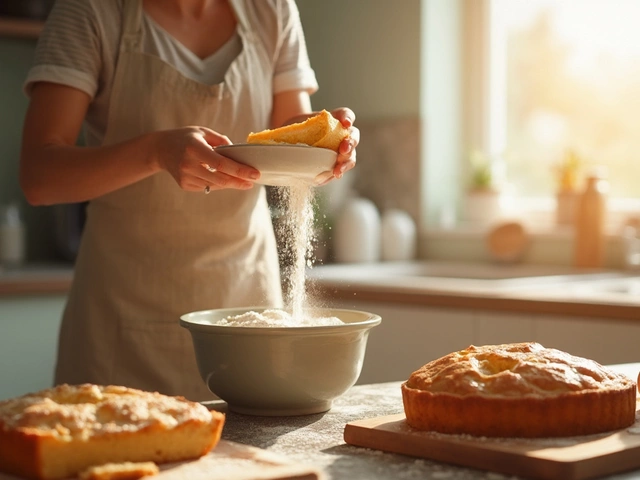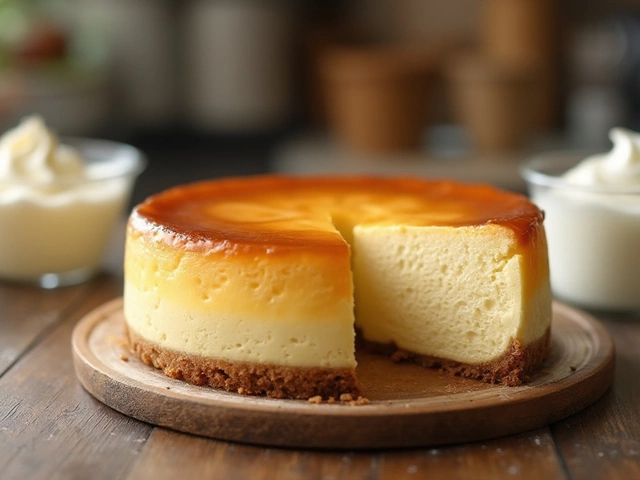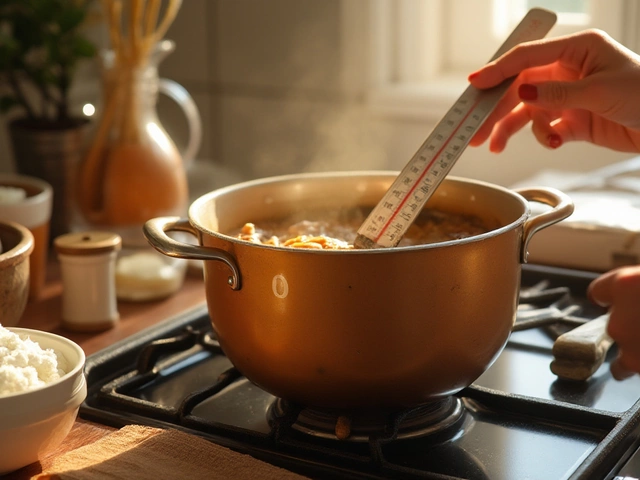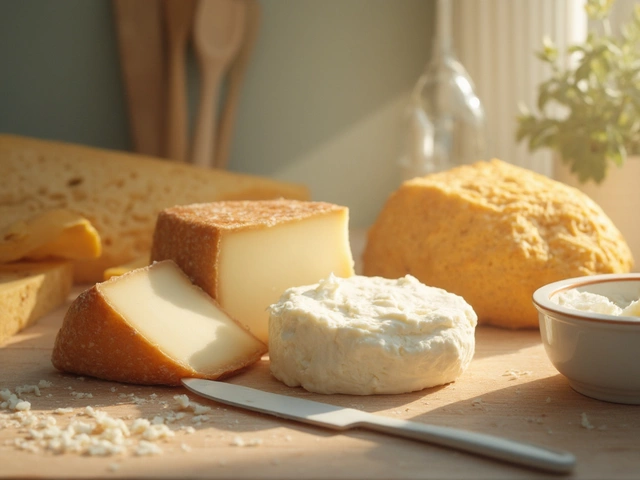Chocolate Varieties: Which One Is Right for Your Recipe?
If you love sweets, you’ve probably wondered why chocolate can taste so different from one treat to another. The secret lies in the variety of chocolate you choose. From rich, bitter dark chocolate to creamy milk chocolate and sweet white chocolate, each type brings its own flavor, texture, and best‑use cases. Knowing the basics helps you pick the perfect chocolate for fudgy brownies, silky tiramisu, or a simple chocolate drizzle.
Dark Chocolate: Bold, Bitter, and Full of Antioxidants
Dark chocolate contains the highest percentage of cocoa solids, usually 70% or more. It has a deep, slightly bitter flavor that works wonders in recipes where you want a strong chocolate punch without too much sweetness. Try it in a fudge recipe like our "Fudge Temperature Guide" to get that glossy, smooth finish, or melt it for a ganache that tops a cake without getting overly sweet. If you’re watching sugar, dark chocolate is the go‑to choice because it needs less added sugar.
Milk Chocolate: Sweet, Creamy, and Perfect for Kids
Milk chocolate mixes cocoa solids with milk powder or condensed milk, giving it a milder, sweeter taste. It’s the star of most birthday cake alternatives and works well in softer desserts like chocolate‑filled macarons or a creamy cheesecake. When you need a chocolate that melts quickly and stays glossy, milk chocolate is forgiving – perfect for a quick coating on cookies or a drizzle over a fruit platter.
White chocolate isn’t actually chocolate in the strict sense because it lacks cocoa solids. It’s made from cocoa butter, sugar, and milk, delivering a buttery, sweet flavor. Use it for decorative work, like piping chocolate ribbons on a tiered cake, or blend it into a silky mousse for a lighter finish. Because it melts at a lower temperature, keep an eye on the heat to avoid a grainy texture.
Beyond the basic three, there are specialty varieties to explore. Ruby chocolate offers a natural pink hue and a fruity taste, while raw chocolate keeps the beans unroasted for a more earthy flavor. For a health‑boost, try cocoa nibs – small pieces of crushed beans that add crunch and a burst of pure cocoa in granola or ice cream.
When you pick a chocolate, always check the label for cocoa percentage, added sugars, and any extra oils. Higher cocoa content usually means richer flavor and less sugar. If the recipe calls for “good quality chocolate,” look for a cocoa butter content of at least 30% and minimal additives.
Here’s a quick cheat sheet:
- Dark (70%+): Best for ganache, truffles, and fudgy desserts.
- Milk: Ideal for candy bars, frosting, and kid‑friendly treats.
- White: Great for decorations, mousse, and sweet sauces.
- Ruby: Adds a pink color and fruity flavor to drinks and pastries.
- Raw/Cocoa Nibs: Use for crunch and a raw chocolate boost.
Mixing chocolate types can create unique flavor layers. Try a dark‑milk swirl in brownies or a white‑chocolate drizzle over a dark chocolate cake for contrast. The possibilities are endless, and a little experimentation can turn a simple dessert into a show‑stopper.
Next time you’re at the store, take a moment to read the cocoa percentages and think about how each variety will fit your next bake. Whether you’re making fudge, topping a cheesecake, or crafting a creative birthday cake alternative, the right chocolate makes all the difference.
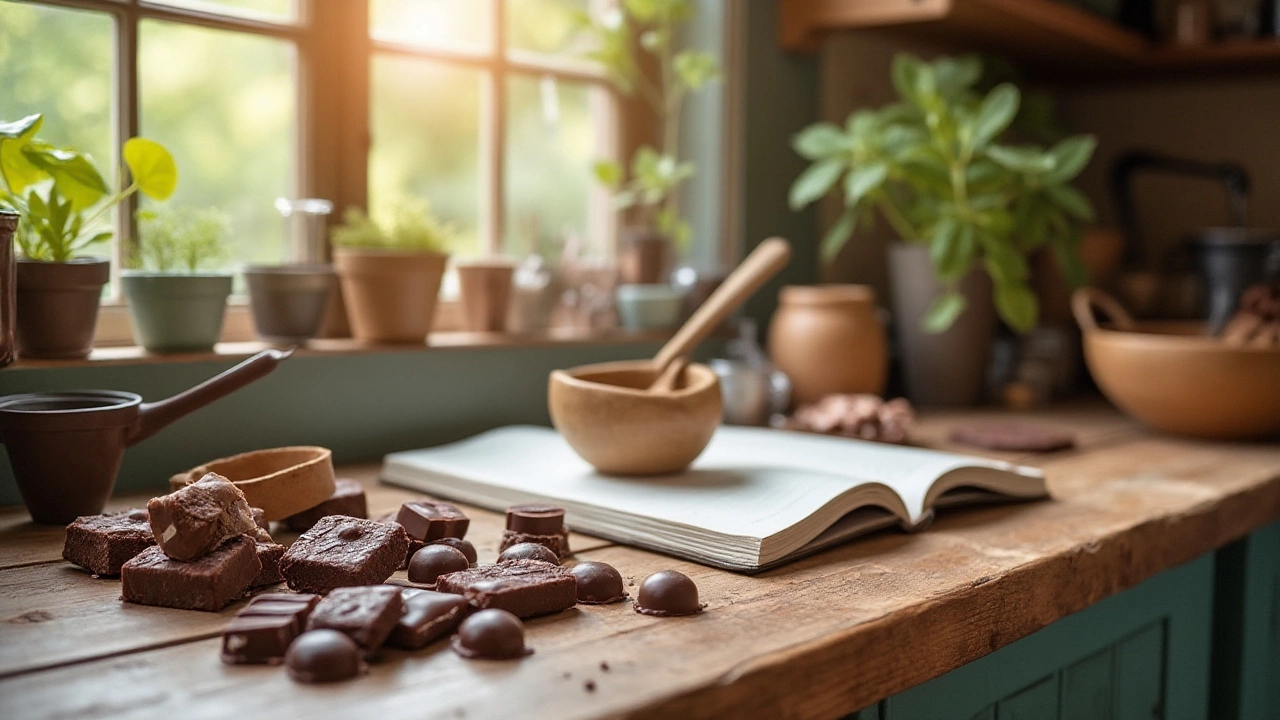
Discovering Vegan Chocolate: Treats Without Compromise
Explore the delightful world of vegan chocolate with this comprehensive guide. Learn about the different types of plant-based chocolates and how to identify them in stores. Discover brands that offer vegans delicious, ethically-sourced options. Get tips on incorporating vegan chocolate into your desserts and learn intriguing facts about its production. This article is perfect for those looking to satisfy their sweet tooth without animal products.
View More
